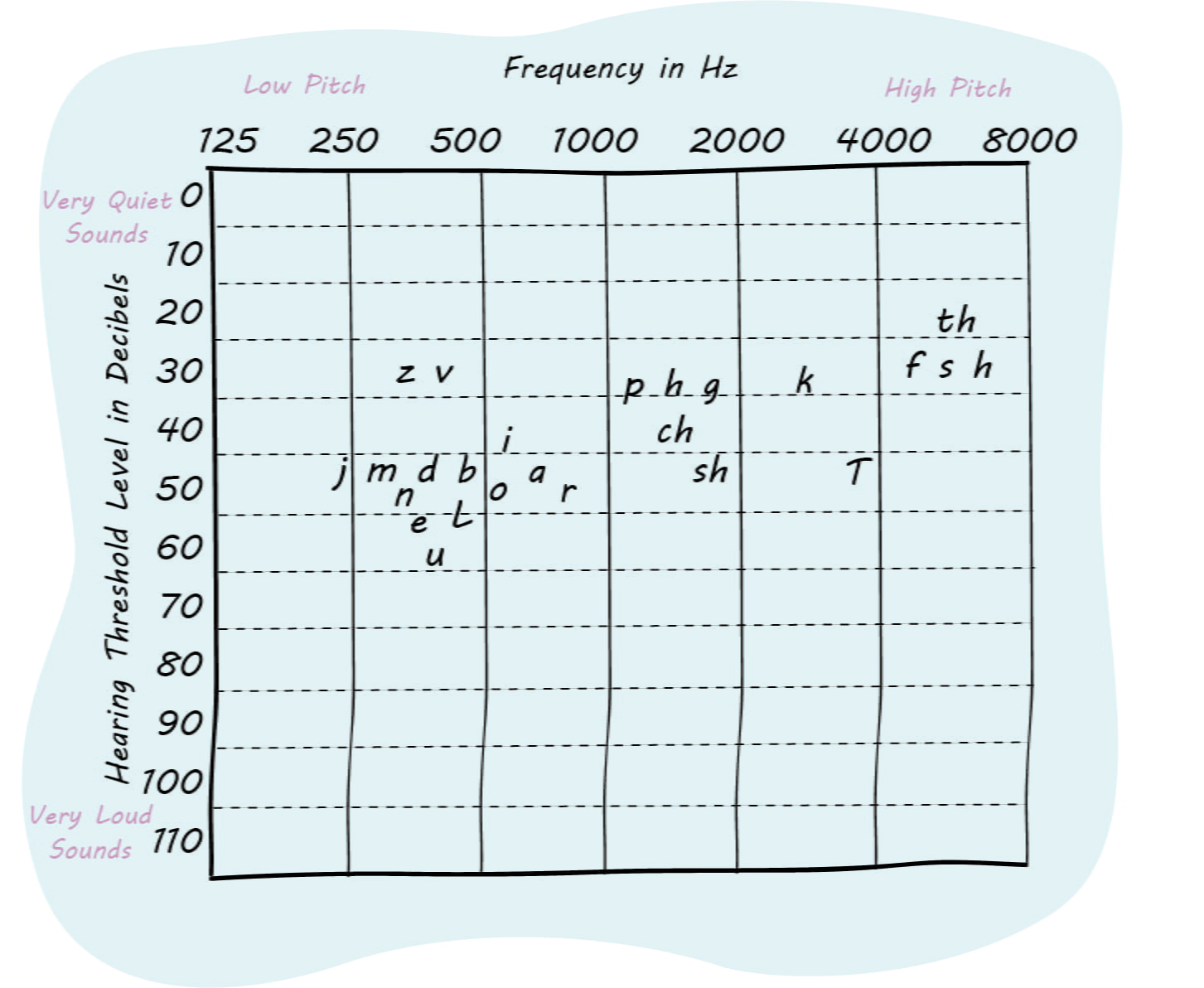Improve room acoustics

The acoustics of a room or other indoor space plays a crucial role in how easily and comfortably you can hear.
Acoustics have a particularly big impact on people with hearing loss, and can make it either possible or impossible to hear what is said.
The process of hearing, listening and understanding is sophisticated and involves the physical properties of the ear and a complex series of interactions in our brain.
Something called ‘auditory processing’ must occur, which means that your brain recognises and interprets the sounds heard so that it becomes meaningful information.
For those with a full hearing range, auditory processing is typically done subconsciously and easily. It is done with the same ease with which most people breath.
For those with hearing loss or another condition that make processing of sound difficult, hearing and listening take effort and thought. In an environment where there are poor acoustics then it becomes much harder still.
Acoustic quality
When we talk about acoustics, we are talking about the qualities that determine how a room or other enclosed space reflects sound waves.
‘Good acoustics’ means that the space is reflecting sound waves in a way that allows distinct hearing. By contrast, ‘poor acoustics’ means that sound waves are bouncing around in a way that distort or degrade what is heard.
Sound waves
Sound is made when objects vibrate and it travels in waves, spreading outwards from the source of sound. It varies in loudness (intensity) and pitch (frequency).
Loudness (intensity) is measured in decibels (dB). Frequency (pitch) is measured in Hertz (Hz). All sounds are made up of different frequencies.
The three main elements that affect acoustics are:
- Noise levels
- Echo or reverberation
- Sound insulation
Why speech can be tricky to hear
Your ear picks up sounds and your brain turns this into meaningful information. Hearing loss impacts on the ease with which your ear can pick up sounds at different levels of loudness and frequency.
Speech is made up of low, mid and high frequency sounds. Consonants are higher pitched than vowels. Look at the chart below and you will see that they lie more to the right of the chart.
Image: Thanks to Ideas For Ears
Consonants are crucial for understanding words but they also tend to be spoken more softly than vowels (they lie higher on the chart in the lower decibel ranges). This means that consonants are not so easily heard and they are easily drowned out by other noise.
Think about simple words like, fish, cow, hut. The vowel is the dominant sound but it is the consonants that tell us what the word is.
Quality of listening
Speech (from a talker’s mouth or loudspeaker) travels as sound waves across the room to the listener’s ears. Some speech reaches the ears directly but some also bounces (reverberates) off the walls, ceiling, floor, and other surfaces of the room before reaching the ears.
It is much more difficult to understand speech if it reaches the ears as a reverberation as this creates an overlapping of sound that smears or blurs what you are trying to hear.
This smearing can occur when there is no background noise in a room, just a single person talking. When there is other background noise too, there will be smearing not only of the person talking but also of the other noises in the room.
Quality of listening will depend on:
- how clearly and loudly the speaker speaks
- the distance they are from the listener
- the way the sound waves travel across the space
- any background noise that masks or covers the speech
- the hearing ability of the listener
Why background noise can be the death knell
Image: Thanks to Ideas For Ears
People’s voices typically reach between 1 and 4 metres when speaking conversationally.
People with a full hearing range need to have the speaker’s voice 6dB (decibel) louder than the background noise in order to make sense of what’s being said.
For someone with hearing loss, this needs to be a 16 decibel increase or more. This is a big increase in volume.
Note: The decibel scale is logarithmic not linear and is not the same as percentage. For example, 10dB is 10 times more intense than 1dB, while 20dB is 100 times more intense than 1dB.
Studies have shown tolerance for noise decreases with age. Older adults, therefore, find it increasingly hard to tune out background noise in order to hear the speech.
Encouraging people to speak louder so they are heard over background noise is therefore much less desirable and effective than removing the background noise and lowering the speech volume.
Hearing aids and acoustics
There have been fantastic leaps in the quality and sophistication of hearing aids over the last decade, especially the last few years.
Many models of hearing aids now offer programme settings to filter out background noise. This can make a dramatic improvement to the experience of noise. However, it doesn’t resolve the challenges noise brings.
Survey research suggests that background noise remains the biggest problem that people with hearing loss face when seeking to participate in and listen to conversation and discussion.
Reverberation or echo is also a big challenge for hearing aids. They pick up any distortion and amplify it, thereby making a bad situation worse.
Modern hearing aids are wonderful technological marvels but they do have their limitations.
Ways to reduce echo in a room
A room or space that is echo-y and/or has high levels of noise makes for a difficult, and potentially very uncomfortable, environment for people with hearing loss.
Reducing echo and noise is perfectly possible but will require investment by the venue manager/owner.
Soft furnishings can offer some level of improvement by helping to reduce the way sound reverberates or bounces around the room. For example, carpets, curtains and soft chairs.
Much more effective, however, are noise absorbent panels that are specifically designed to absorb sound.
Noise absorption panels come in all sorts of shapes, sizes and colours and can be a great looking design feature as well as having a functional purpose. They can be portable or fixed.
Portable ones can be brought out and moved into place during meetings or discussion as and when required. They can be clustered to create quiet zones, or located as appropriate within the room.
Fixed panels are permanently installed to the walls or ceilings in the room. Ceiling panels can often control noise better than wall panels but a mix of both might be required.
Webpage reviewed: November 2022

